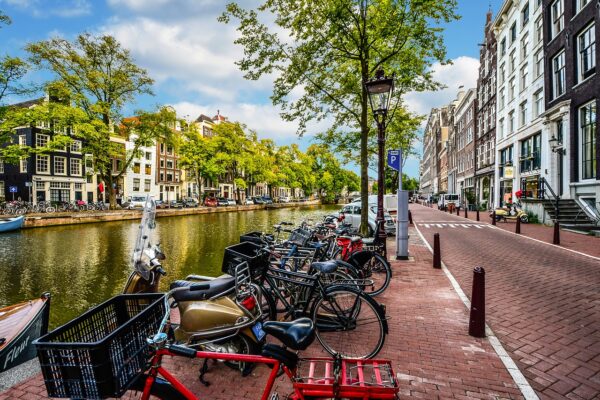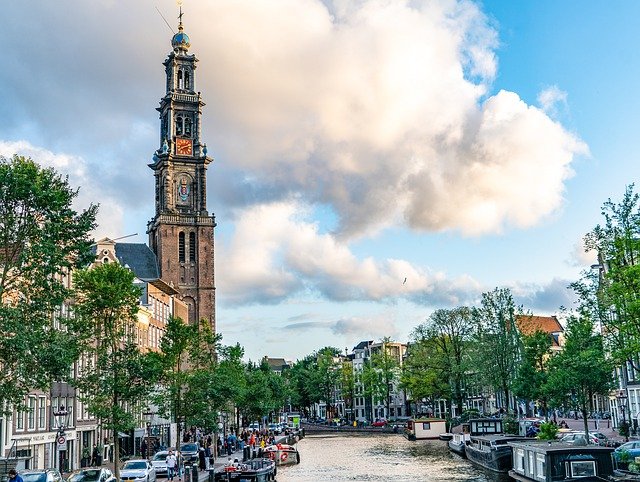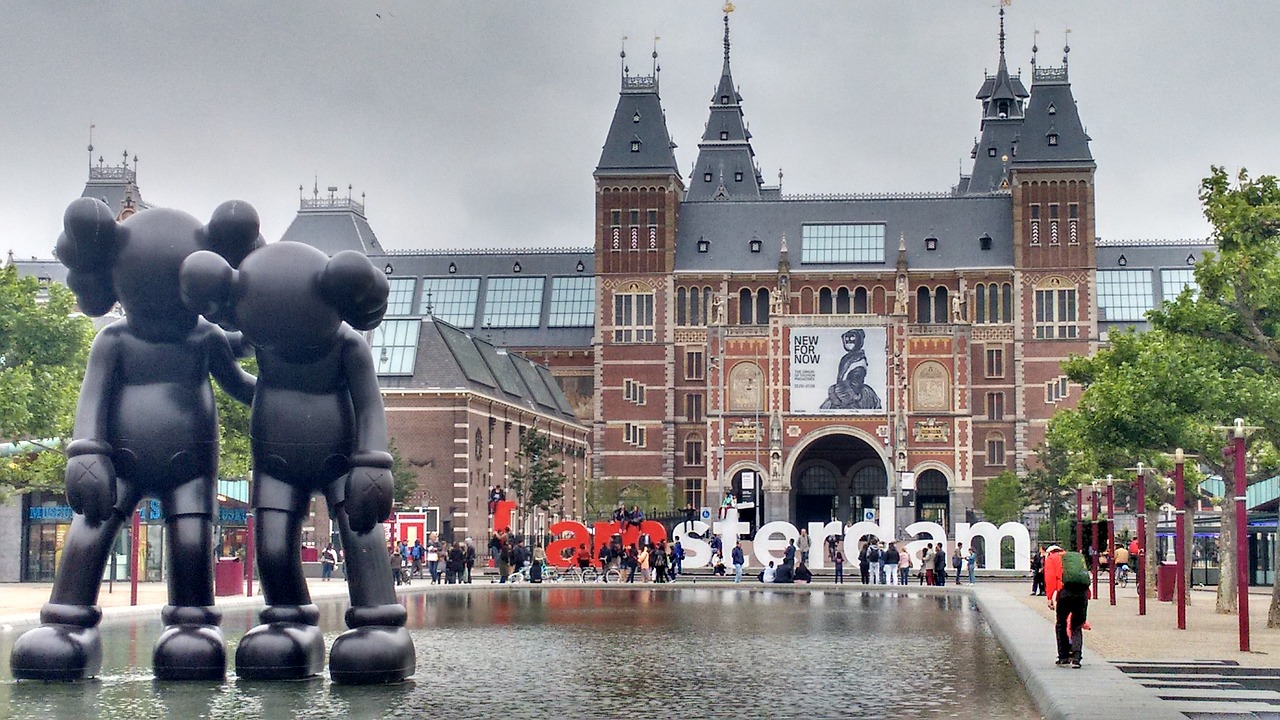Maturity
Amsterdam & Brussels became the twin capitals of the Kingdom & things started to look more promising for the city & the country.
The new era of optimism would be disrupted by the riots this time of the Catholic & French-speaking South that did not consider itself an integral part of the United Kingdom. The riots that broke out in August of 1829 in Brussels would lead to the London Conference between the major European powers in 1830 that proceeded in the recognition of Belgian independence.


Despite the Belgian secession (1839) the age of the Industrial Revolution would be another golden age for the city. The completion of the 26km North Sea Canal in 1876, gave Amsterdam direct access to the sea, making seafaring steamships part of everyday life in the city’s port. New museums, a new train station, theaters like the Carré, the Royal Concert Hall (Concertgebouw) & Hotel Americain were some of the architectural masterpieces of the period.




The diamond trade that had been established by the refugees of the religious persecutions, mostly Jews in the 17th century, had continued well into the 18th with the production of South Africa and Brasil being almost completely absorbed by Amsterdam’s merchants. By the end of the 19th century, Amsterdam was the official diamond capital of the world. The opening of the Vereniging Beurs voor den Diamanthandel, the oldest diamond exchange in the world in September 1890, was another step forward in a more-than-three-centuries-old success story.
Although the monopoly of the spice trade with the east had been lost towards the end of the 18th, Amsterdam continued to be one of the largest markets in the world maintaining its momentum well in the 19th century. Many of the city’s Universities, and technical & art schools are also founded in the latter part of the 19th along with two of the most famous breweries in the world today, Heineken (1864) & Amstel (1870).

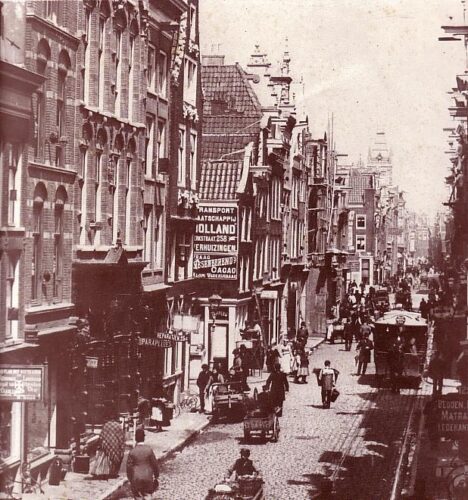
The 1900s continued at the same pace, with the tramway, the Rembrandt House Museum, and the first public library (the library of the University of Amsterdam already existed from the 16th century) all constructed in the first years of the 20th century. The city’s population boomed reaching from 323,784 in 1880 to 647,427 in 1920. The architectural movement of the Amsterdam School provided low-cost housing outside the narrow lines of the old city & brought aesthetic uniformity to its newly built environment.

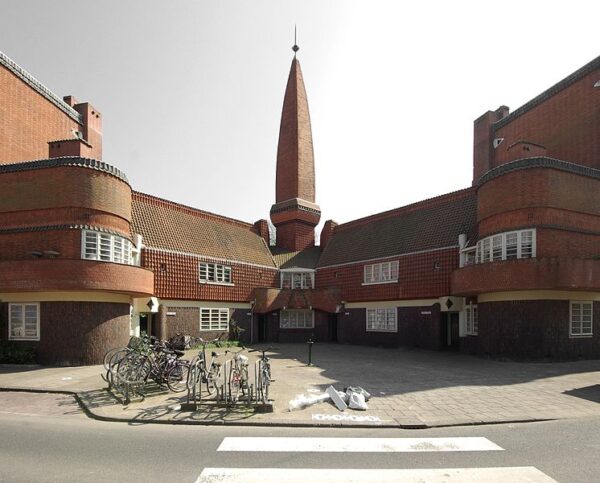
The Netherlands remained neutral during the First World War but could not avoid a food shortage which culminated with the so-called potato riots when a ship containing potatoes for the army reached Amsterdam’s port in 1917. The period of 1920-1930 was a time of recession in the Netherlands & Amsterdam as well as the rest of the world.
Decreasing wages and massive unemployment created a sharp increase in poverty that resulted in social unrest and protests up to 1936. The government’s decision to abandon the gold standard relieved some of the pressure and helped the stock market to bounce back.

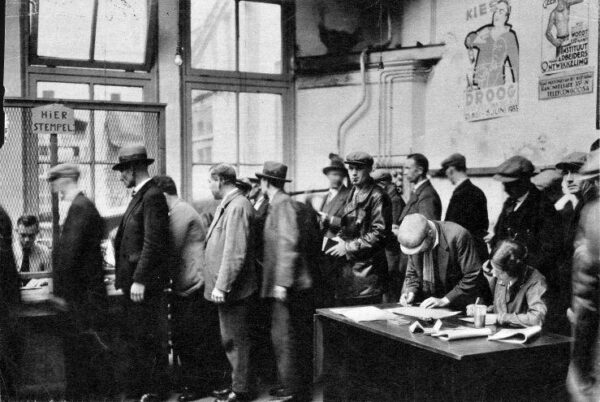
By the end of the 1930s, thousands of German Jews had fled to Amsterdam in hope of an escape from the Nazi regime. The Dutch were famous for their tolerance of all ethnic and religious groups after. Alas, their hopes would be dashed with the German invasion of the Netherlands in May 1940.
The Nazis established a government dominated by the German SS and some of the Dutch sympathizers that regarded themselves as part of the wider Germanic nation. At the time Amsterdam, the country’s largest city had a population of 800.000 and a Jewish population of about 75,000, which increased to over 79,000 in 1941. More than 10,000 of them were foreign Jews who had found refuge in Amsterdam in the 1930s.



About 60.000 Dutch Jews were deported to Nazi concentration camps from the city of Amsterdam. Among them was a young Jewish girl named Anne Frank that would be immortalized after the publication of her diary by her father in 1952. Altogether, at least 80% of the Dutch Jewish community perished.



In the spring of 1945, Canadian forces liberated Amsterdam and the rest of the Netherlands. Although the buildings & infrastructure of the city didn’t suffer much from World War II, the famine & the Jewish persecution took an estimated 10% of the general population.



The capital’s long-established relationship with the sea continued to play a key role in the overall orientation of its economy after the war, with its waterways, the harbor, and its main canals, enlarged and improved and commodities like grain, cacao & Japanese cars entering Western Europe through the port of Amsterdam.


Major projects like the road tunnel under the IJ waterway, the metro (subway) network, and the ring road around the city, and the new housing projects, like the Bijlmermeer changed the face of the capital and solved the problem of its accessibility for years.
The policy of tolerance towards the use of soft drugs made Amsterdam a popular destination for the hippies in the early 1960s and created a whole range of youth movements and rebellious groups like the Provos who found their promised land in the magic centrum (magical center) of Europe.



In the 1970’s the composition of the city’s population changed drastically, with many Amsterdammers moving to the satellite towns of Hoorn & Almere when at the same time an influx of Surinamese, Turkish & Moroccan immigrants increased the overall population. At the same time, the booming Dutch economy had created a massive influx of cars that started to take its toll with an increasing number of deaths in everyday traffic accidents.
The number of people using their bicycles for their trips in the Dutch capital had plunged from 80% pre-war to 20% in 1971 while whole swaths of the city had been destroyed to make way for motorized traffic. A wave of activist groups in the early 1970s managed to put pressure on Dutch politics and city planners who started to review their plans for a more bike-friendly future. The oil crisis of 1973 would act as a catalyst and gradually the bikers were on their bikes again, cycling around in newly established cycle lanes.


The housing shortage in the late 70s and early ’80s brought a sharp drop in the number of people living in single homes as the urban renewal program demolished large blocks of flats but nothing was built to replace them. The squatter movement developed into an independent help and support network for -and by youngsters seeking somewhere to live.
Rioting was common when the police removed squatters with the most serious disturbance happening on 30 April 1980, at the inauguration of Queen Beatrix at Nieuwe Kerk on Dam Square. The intensity of violence around the squatter movement subsided considerably after 1985.


The opening of three new museums, the Geelvinck-Hinlopen, Museum Jan van der Togt, and the Miniature Museum ushered Amsterdam into a new era of prosperity and renewed optimism that was the 1990s. Always at the forefront of tolerant and liberal societies, the people of Amsterdam proved to be as open-minded as ever with the establishment of the first Gay Pride in 1996. In that same year the Amsterdam Arena, the largest stadium in the Netherlands opened its doors for the first time.

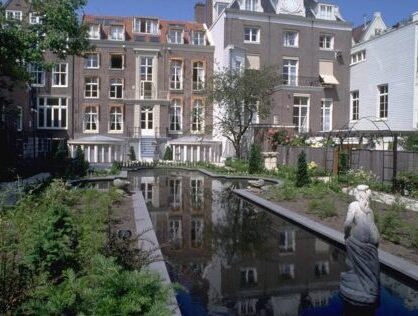

A special mention should be given to the soccer dream team of Ajax that reigned during the 1990s in the European and Dutchchampionships based on the talents coming from its youth academy, the coaching of Louis van Gaal and the love of Amsterdamers, who still hold a very dear place for that team in their hearts. No soccer fan in the world lived during that time, who does not share the feeling upon hearing the names of the de Boer brothers, Edgar Davids, Clarence Seedorf, Patrick Kluivert, and Marc Overmars, the stars of the team.



Today the capital of the Netherlands is one of the most important financial centers in Europe steadily ranked in one of the top five positions for international businesses in the European continent. It is the city where international behemoths like Philips, ING Group, ABN AMRO and Booking.com (to name a few) keep their headquarters, dozens more like Tesla, Uber, and Netflix their European headquarters, and thousands more keep their offices.
Over the last decade, Amsterdam has become the heart of the EU’s digital economy, due to its skilled workforce, its business-friendly ambiance, and its superior connectivity to the rest of the continent. Tens of new startups sprout up every month with the city’s strong suit being the sharing economy and mobile and internet applications. The sharing economy of Amsterdam includes a multitude of sharing apps, from sharing storage spaces to leasing out unused cars to sharing skills or even sharing meals.



One of the traditional pillars of Amsterdam’s economy is of course its port, still among the top five in Europe, and its international airport among the top three. The population of the city proper is a bit more than 850.000 while that of its wider metropolitan area is close to 2.5 million. There are close to 180 nationalities in the Dutch capital with people coming from Morocco, Suriname, and Turkey being the most populous among them. Amsterdam attracted 5.7 million international visitors in 2014, a 10 percent increase compared to 2013.
When commuters, day trippers, and Dutch locals are included, the city welcomed 17,3 million visitors that same year (18,3 million in 2015). A recent evaluation of the city’s tourism policy shows that the number of tourists will grow by 5 percent each year, culminating in 23 million visitors in 2025. (Source: http://www.dutchamsterdam.nl/4456-amsterdam-europe-eight-most-popular-city-destination).
Whether for work or leisure, Amsterdam still holds the values that made it one of the greatest cities in the history of the world. It is a vibrant, brilliant city that will enchant you with its picturesque beauty, quality of life, and its modernity. Most of all it is a city you will want to return to again and again. Maybe if you are lucky enough, stay forever.
